Imagine holding a small object that is just 1 millimetre in size, roughly the width of a grain of rice.
It may seem insignificant, but these tiny objects can be found around us and play an essential role in our daily lives. Understanding the size and scale of things that are just 1 mm long is crucial because it allows us to appreciate the intricate details of the world around us.
The millimetre (mm) is a measurement unit representing one thousandth (1/1000) of a meter or about 0.039 inches.
It is commonly used in engineering, manufacturing, and construction industries to measure small distances accurately.
The millimetre scale is also used in scientific experiments to measure biological organisms or particles at the microscopic level. Understanding how small a millimetre truly is is essential.
Suppose we were to line up 1000 millimetres side by side, equaling 1 meter or approximately 3 feet and 3 inches. This comparison shows how tiny each millimetre is.
Contents
- 1 1. Ants
- 2 2. Dust Particles
- 3 3. Pencil Lead
- 4 4. Salt Crystals: Tiny but Mighty
- 5 5. Sugar Granules: Sweet Little Particles
- 6 6. Coffee Grounds: The Ultimate Pick-Me-Up
- 7 7. Vanilla Bean Seeds: A Tiny Flavor Bomb
- 8 8. Tiny Beads Used for Jewelry Making
- 9 9. Glitter Particles Found in Makeup Products
- 10 10. Rhinestones or Small Gemstones on Clothing or Accessories
- 11 11. SMD (surface mount device) components on circuit boards
1. Ants
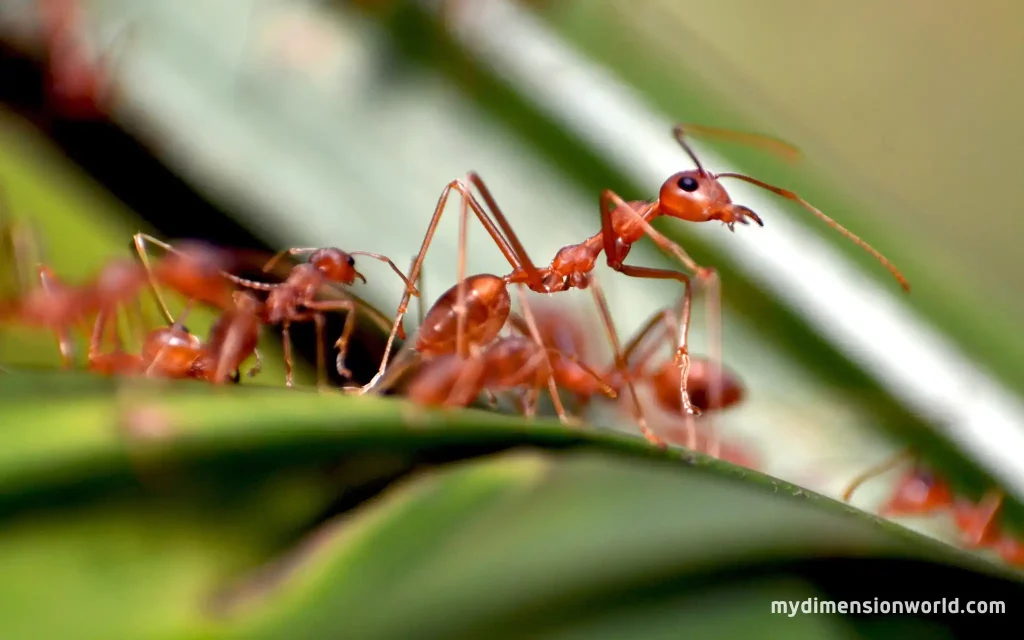
Ants may seem small, but many measure around 1 mm in length. They belong to the Formicidae family and have been around for over 100 million years.
Ant colonies can consist of millions of individuals and are organized into different castes, such as workers, soldiers, and queen ants.
These tiny creatures are crucial in maintaining the ecological balance by controlling insect populations and helping with soil aeration.
2. Dust Particles
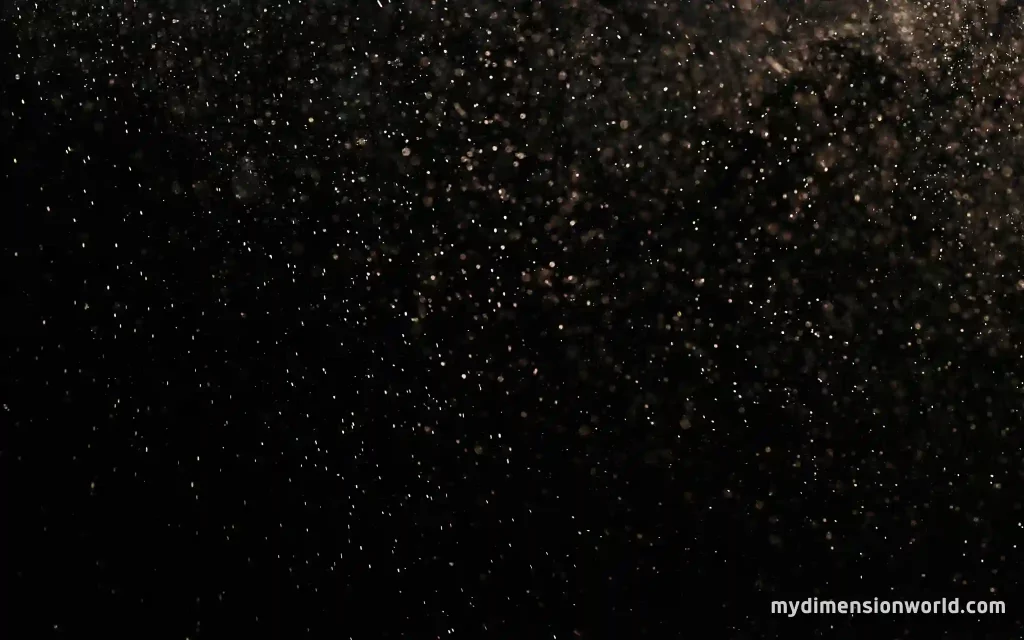
Dust particles are everywhere and range in size from a few millimetres to less than 1 millimetre. The smallest ones, which measure around 0.5 to 1 micrometer (µm), are classified as PM1 (particulate matter 1).
These tiny particles are so small that they can quickly enter our lungs, causing respiratory problems like asthma or bronchitis. They mainly come from sources such as car exhaust, industrial processes, or simply household dust.
3. Pencil Lead
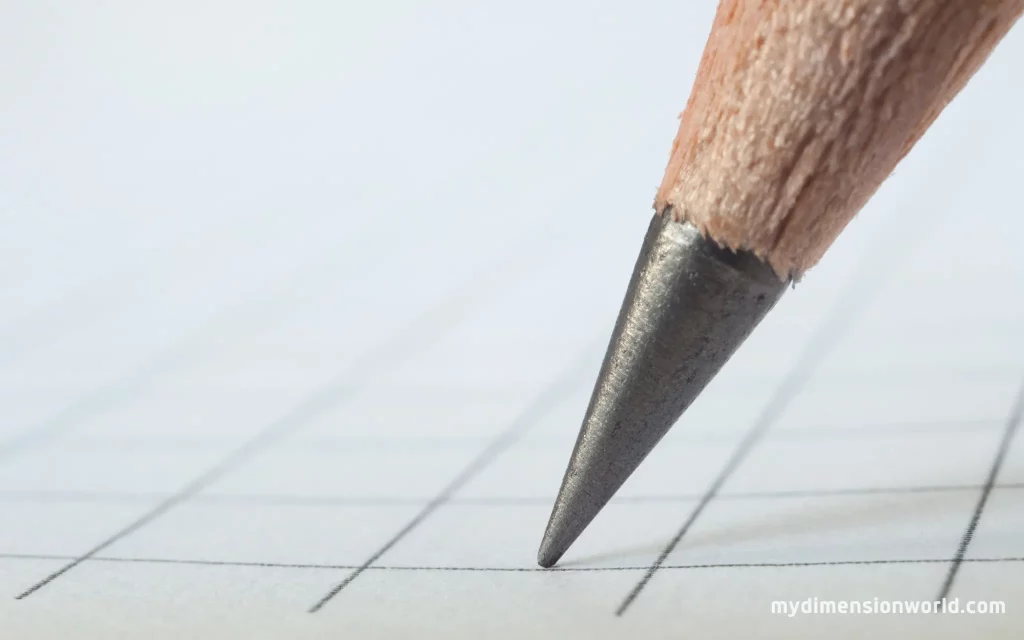
Pencil lead is another object that measures approximately 1 millimetre in diameter. It is made of graphite mixed with clay and is used for writing or drawing on paper.
Pencils were invented in the 16th century but only became popular after the invention of wood-cased pencils in the 19th century.
4. Salt Crystals: Tiny but Mighty
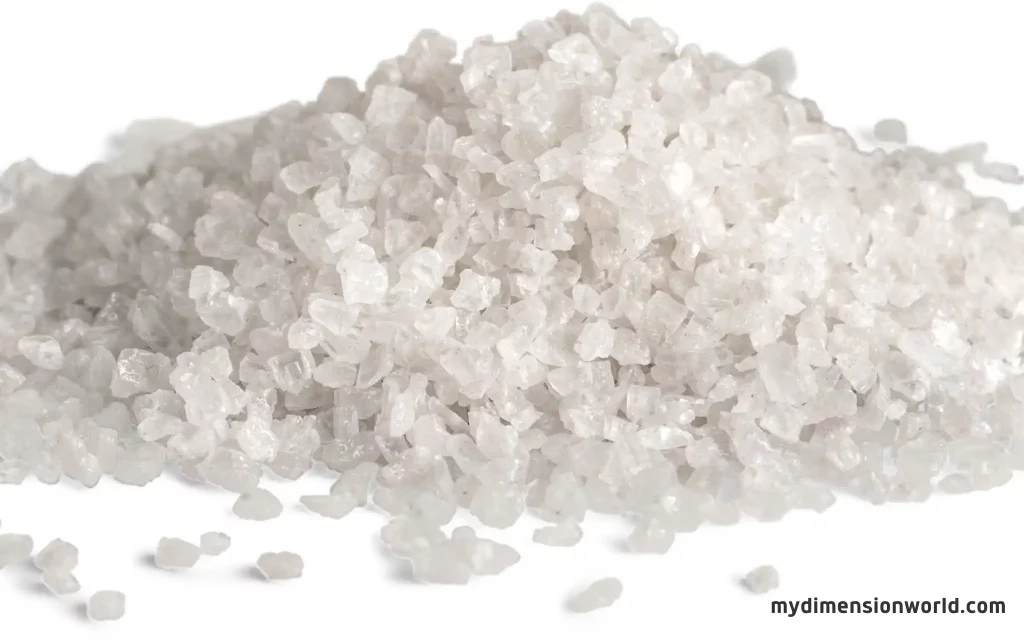
Salt crystals are tiny, each measuring about 1 mm in diameter. Despite their small size, salt crystals have a powerful impact on our taste buds.
When we sprinkle salt onto our food, the tiny crystals dissolve and spread throughout the dish, enhancing its flavour and making it more delicious.
In addition to adding flavour to our meals, salt crystals play an essential role in food preservation. Salt is a natural preservative used for thousands of years to prevent spoilage and extend the shelf life of foods like meats and vegetables.
5. Sugar Granules: Sweet Little Particles
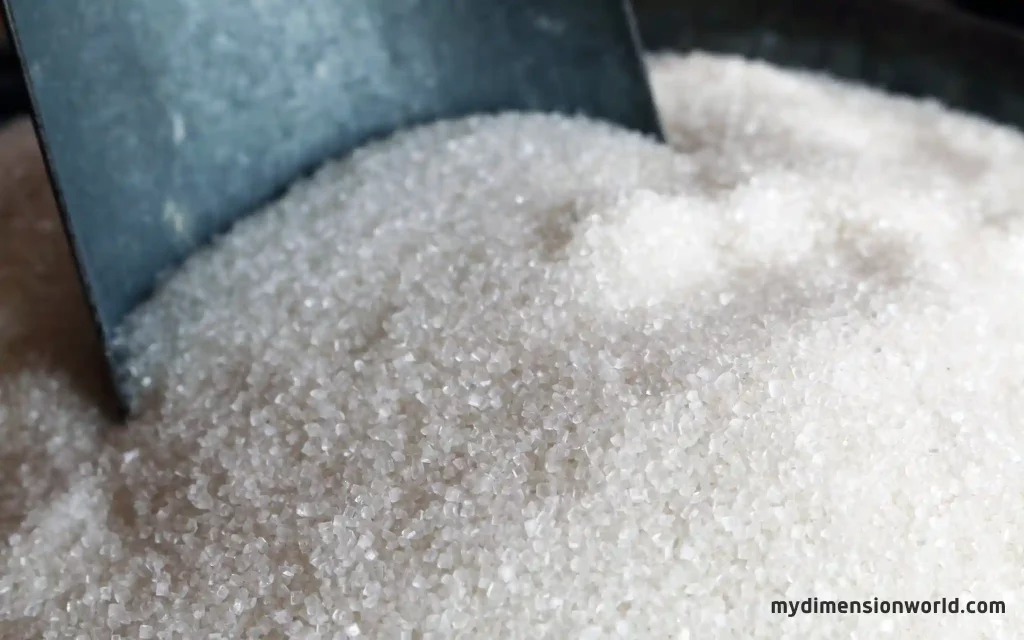
Sugar granules are another example of tiny 1 mm objects that greatly impact our daily lives. These tiny particles can be found in everything from baked goods to soft drinks, providing sweetness and energy to fuel our bodies.
Like salt crystals, sugar granules also help preserve food. Sugar acts as a natural preservative by inhibiting the growth of bacteria and other microorganisms that can cause spoilage.
However, it’s important to note that consuming too much sugar can lead to health problems like obesity and diabetes. While sugar may be small, its effects on our bodies can be significant.
6. Coffee Grounds: The Ultimate Pick-Me-Up
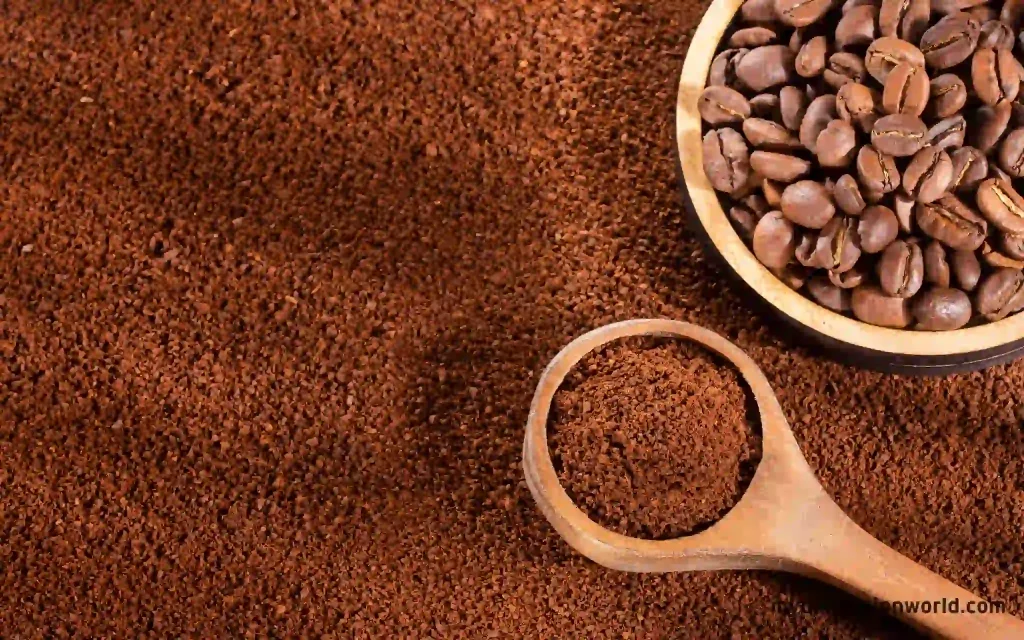
For many people worldwide, coffee is essential to their daily routine. But have you ever stopped to think about the tiny particles that make up your favourite cup of joe?
Coffee grounds are roughly 1 mm in size and contain caffeine – a natural stimulant that helps us stay alert and focused throughout the day.
Coffee grounds are also rich in antioxidants – compounds that help protect against cell damage caused by free radicals in the body.
In addition to their health benefits, coffee grounds can also be used for things like gardening and composting.
7. Vanilla Bean Seeds: A Tiny Flavor Bomb
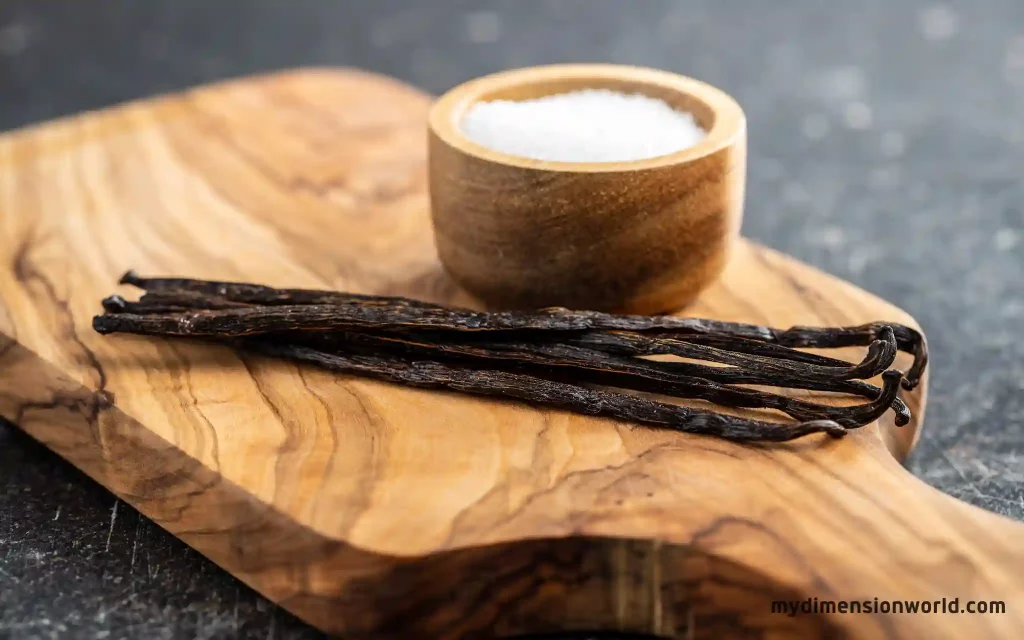
Vanilla bean seeds are some of the most miniature 1 mm objects on our list, but they pack a powerful punch when it comes to flavour. These tiny seeds often add a sweet and fragrant taste to baked goods and desserts.
While vanilla bean seeds may be small, they are also quite expensive due to their labour-intensive cultivation process. The beans must be hand-pollinated and then cured for several months before the seeds can be extracted and used in cooking.
In addition to their culinary uses, vanilla bean seeds have been used in traditional medicine for centuries.
Some studies have even suggested that vanilla may have anti-inflammatory properties and could help lower cholesterol levels in the body.
8. Tiny Beads Used for Jewelry Making
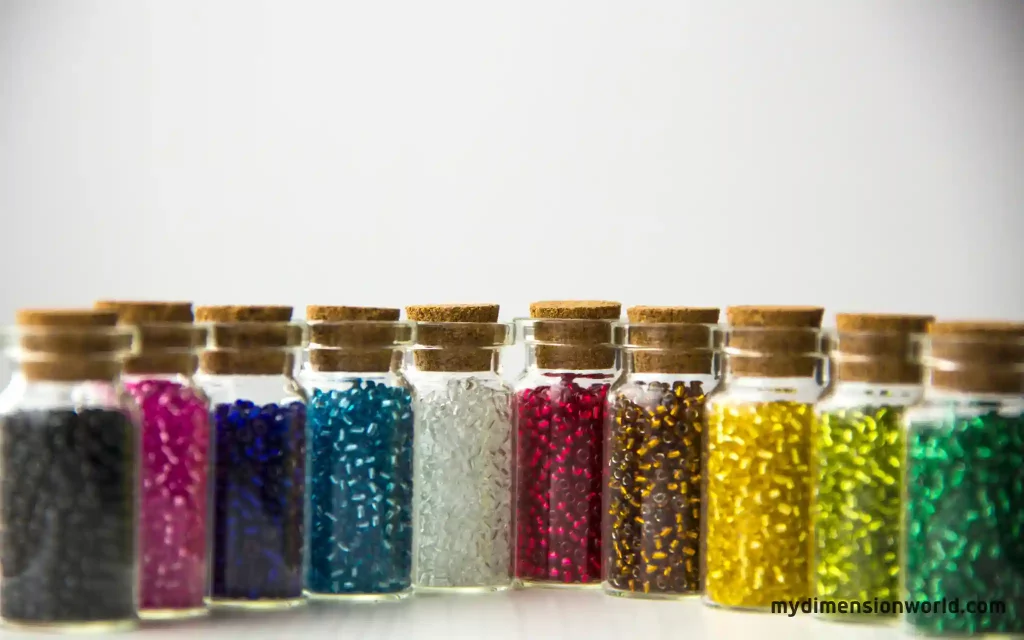
Beadwork is a traditional craft that has existed for centuries. Beads have been used as decorations for clothing and accessories since ancient times.
Today, beads are still popular among many cultures worldwide and come in all shapes and sizes.
Some beads are as small as 1mm in diameter, making them perfect for intricate beadwork projects. These tiny beads can be made from various materials, such as glass, plastic, or metal.
They can also come in different colours and finishes to suit different design tastes. Jewellery makers often use these tiny beads to create delicate designs such as beaded bracelets or necklaces that require precision and attention to detail.
9. Glitter Particles Found in Makeup Products
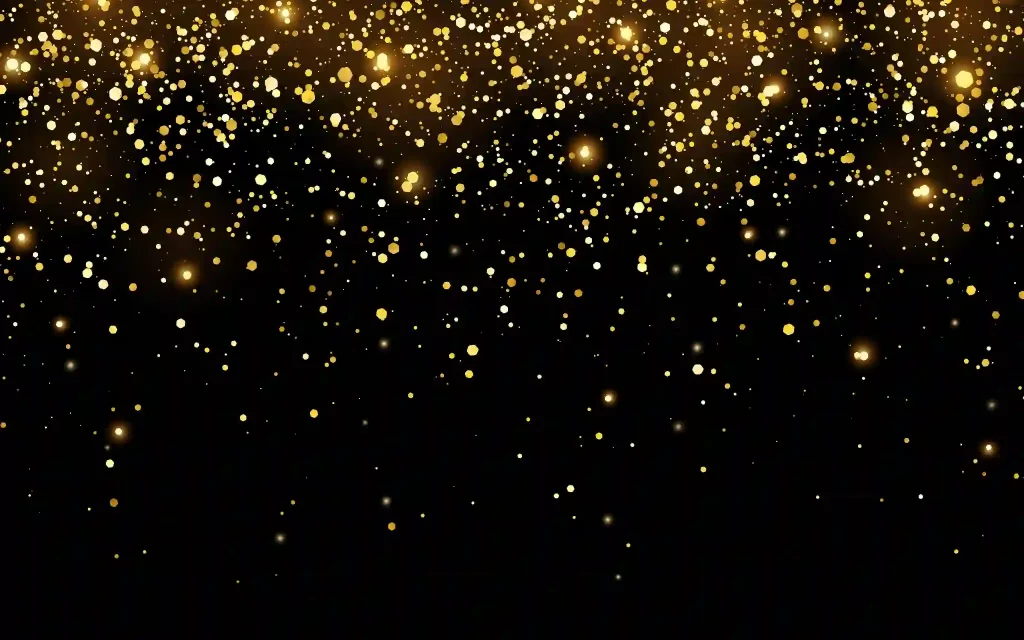
Makeup products are often designed with glitter particles to add some sparkle and shine to the skin or hair.
These particles range from large chunky pieces to tiny 1mm flecks of shimmering glitter. Depending on the desired effect, they can also come in different colors.
Many makeup products include glitter, such as eyeshadows, eyeliners, lip glosses, nail polishes, and more. Using these products is an easy way to add glamour to any look without putting too much effort into it.
10. Rhinestones or Small Gemstones on Clothing or Accessories
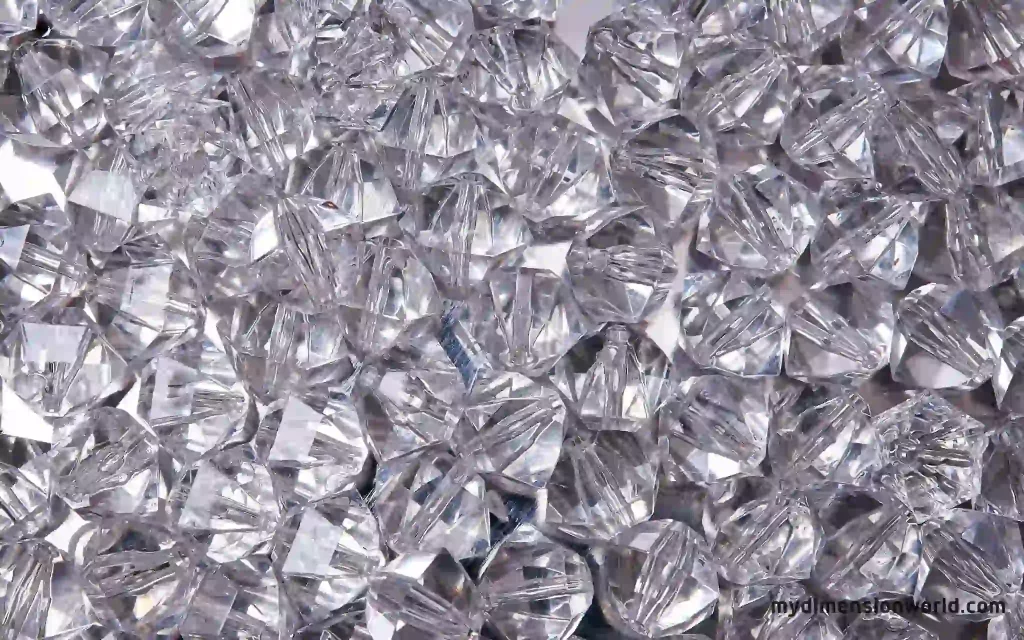
Rhinestones and gemstones are commonly found on clothing items such as dresses or handbags, accessories like shoes and belts, and jewellery pieces like earrings or necklaces. Depending on the desired effect, these tiny stones can range from 1mm to millimetres.
Rhinestones are usually made from glass, while gemstones can be made from various materials, such as diamonds, rubies, or sapphires.
These stones are often used to add sparkle and elegance to a piece of clothing or a fashion accessory. They can be arranged in different patterns or designs to create a unique look. Some designers even use them to make elaborate designs meant to be seen as works of art.
11. SMD (surface mount device) components on circuit boards
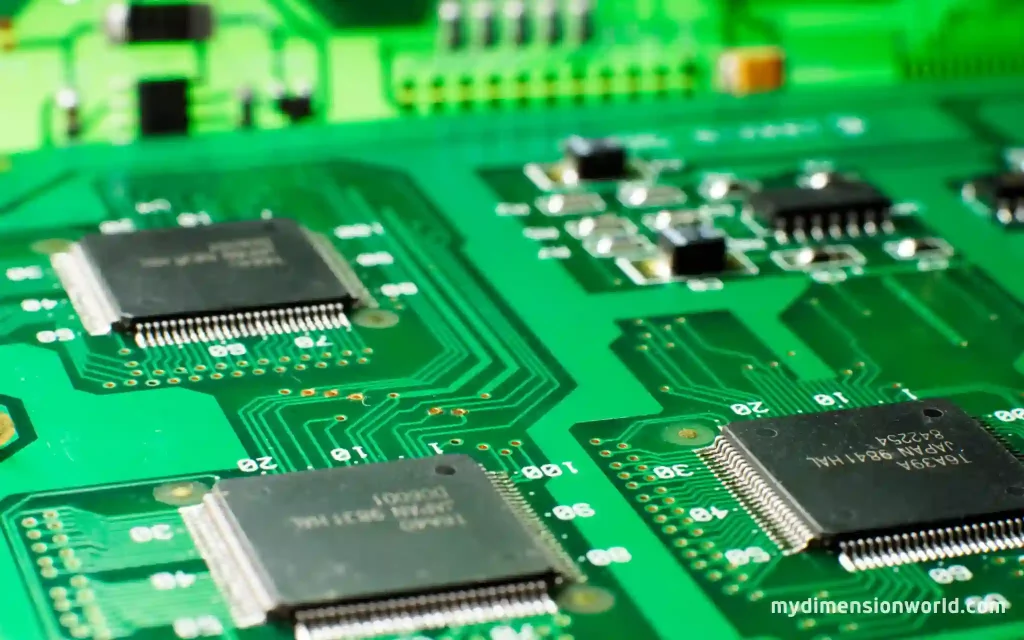
Surface mount devices (SMDs) are miniature electronic components that can be directly mounted on the surface of printed circuit boards (PCBs).
Compared to traditional through-hole components, SMDs take up less space on a PCB, allowing for smaller, more compact devices.
SMDs come in various shapes and sizes such as resistors, capacitors, diodes, and transistors.
They are typically rectangular or square-shaped, with dimensions ranging from 1mm x 0.5mm to 7mm x 7mm.
These tiny components are soldered onto the PCB using automated machines that can accurately place them on small pads with high precision.
